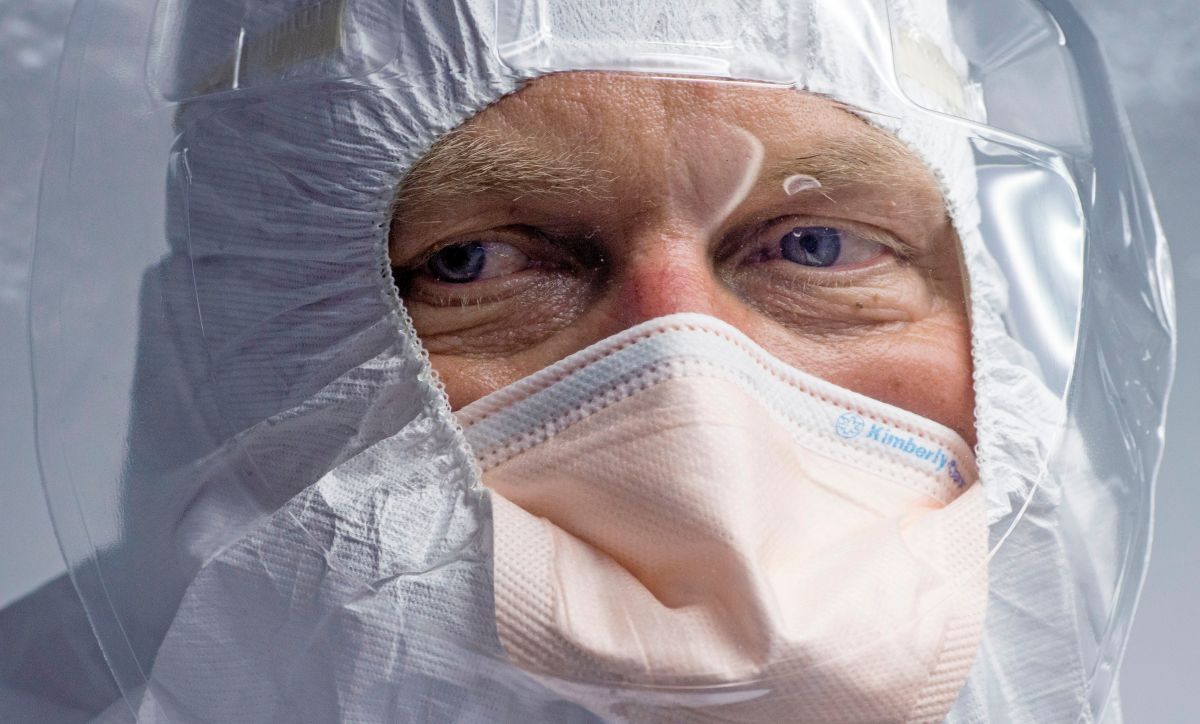The Biden administration announced that it plans to funnel all passengers flying into the US from Uganda through five international airports for “enhanced screening.”in response to a growing Ebola outbreak in Uganda.
Ebola virus disease, formerly called Ebola hemorrhagic fever, is a serious, often fatal illness in humans.
According to the CDC, the virus is transmitted to humans by wild animals and spreads in human populations by person-to-person transmission.
Therefore, the measure, which according to the State Department would take effect at midnight on Friday, revives a set of measures implemented by federal health authorities in response to previous Ebola outbreaks abroad in 2016. In 2021, the CDC also diverted passengers from the Democratic Republic of the Congo and Guinea to collect contact information.
Airlines will need to route passengers who have been in Uganda in the last three weeks through one of five airports:
- New York John F. Kennedy International Airport
- Newark Liberty International Airport
- Hartsfield-Jackson Atlanta International Airport
- Chicago O’Hare International Airport
- Washington Dulles International Airport.
Over there, passengers will undergo “enhanced screening” measures designed to test for symptoms of the disease before being allowed to proceed to their destinations.
The change applies to all passengers, including US citizens, the State Department said.
Experts say that the move could deter travelers who feel sick after recently being in Uganda from trying to fly to the US.
An earlier attempt at entry-exit screening for Ebola, after a case in 2014, identified seven travelers with potential symptoms, none of whom were ultimately diagnosed with the disease. A traveler who passed the test developed symptoms and tested positive for the virus after arriving in the US.
Ebola infections typically begin with symptoms such as fever and fatigue, before leading to more intense vomiting, diarrhea, bleeding, and often death. The World Health Organization says the virus can have an incubation period of up to three weeks after exposure before symptoms start.

